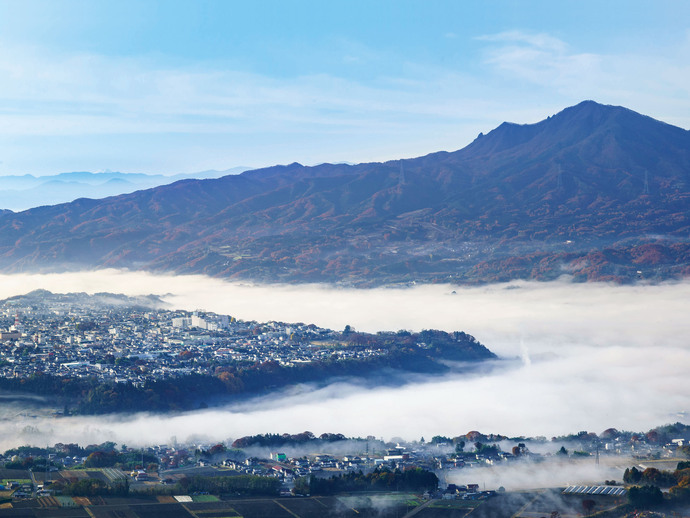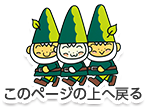Welcome to Numata

Welcome to Numata
Numata is a city rich in history and nature. It is located in the mountainous northern part of Gunma Prefecture and can be reached in approximately two hours by train from Tokyo.
Numata started as a medieval castle town built on a river terrace formed by three waterways. The strategically located Numata Castle changed hands several times during the sixteenth century when rival families fought for control of the stronghold. Its importance waned during the relatively peaceful Edo period (1603–1867), when the town prospered through farming, forestry, and, from the latter half of the nineteenth century, sericulture. Some places to explore the history of Numata are Numata Park, the site of the former castle; Kashozan Mirokuji, a mountainside temple dedicated to the guardian deities of the area; and the Taisho Roman area in the center of town, where historic structures tell the story of Numata’s golden years in the early twentieth century.
Outside of central Numata, places such as the Tambara Highlands, Fukiware Canyon, and an abundance of fruit farms allow visitors to experience the municipality’s natural attractions. In winter, when the slopes of Tambara Ski Park are open, the northern Tambara area is a popular destination for snow sports. In summer, the hiking trails in the highlands provide an escape from the heat, and the ski resort is covered with purple flowers as it transforms into the picturesque Tambara Lavender Park. Many hikers also seek out Fukiware Canyon, walking along the forested shores of the Katashina River while admiring waterfalls and swirling rapids. The canyon is considered especially beautiful in autumn when seasonal foliage paints the shores in shades of red, orange, and yellow. Autumn is also apple season in Numata: visitors can pick apples at dozens of orchards throughout the area and purchase products like jam and juice.
Annual events such as the Numata Festival in August and the Daija Matsuri (Great Snake Festival) in May showcase the city’s history, folklore, and community spirit. Traditional customs and crafts can be experienced year-round at the Magariya House, an eighteenth-century farmhouse where visitors can make soba noodles from scratch, cook dumplings over a wood-burning stove, design their own straw sandals, and take part in other hands-on activities highlighting aspects of rural life.

There are two main ways to get to Numata.
By car
If coming from Tokyo
The most convenient way is to take the Kan'etsu Expressway. It takes 90 minutes from Nerima IC to the nearest Numata IC.
If coming from the Tohoku Expressway
1. From Iwafune JCT to Takasaki JCT on the Kita-Kanto Expressway (approx. 35 minutes)
2. From Takasaki JCT, take the Kan-etsu Expressway to Numata IC (approx. 30 minutes)
If you are coming by Shinkansen or train
If you want to go quickly and easily
1. From Tokyo Station, take the Hokuriku Shinkansen or Joetsu Shinkansen to Takasaki Station (approx. 50 minutes)
2. Take the JR Joetsu Line from Takasaki Station to Numata Station (approx. 50 minutes)
1. Take the Joetsu Shinkansen from Tokyo Station to Jomo-Kogen Station (approx. 70 minutes)
2. Take the Kan'etsu Kotsu bus from Jomo-Kogen Station to Numata Station (approx. 25 minutes)
If you want to go slowly and cheaply
1. From Ueno Station, take the JR Takasaki Line to Takasaki Station (approx. 110 minutes)
2. Take the JR Joetsu Line from Takasaki Station to Numata Station (approx. 50 minutes)
ご意見をお聞かせください
このページに関するお問い合わせ
Numata Tourism Department
888 Shimonocho,Numata-shi, Gumma-ken 378-8501
Please use the dedicated form for inquiries






